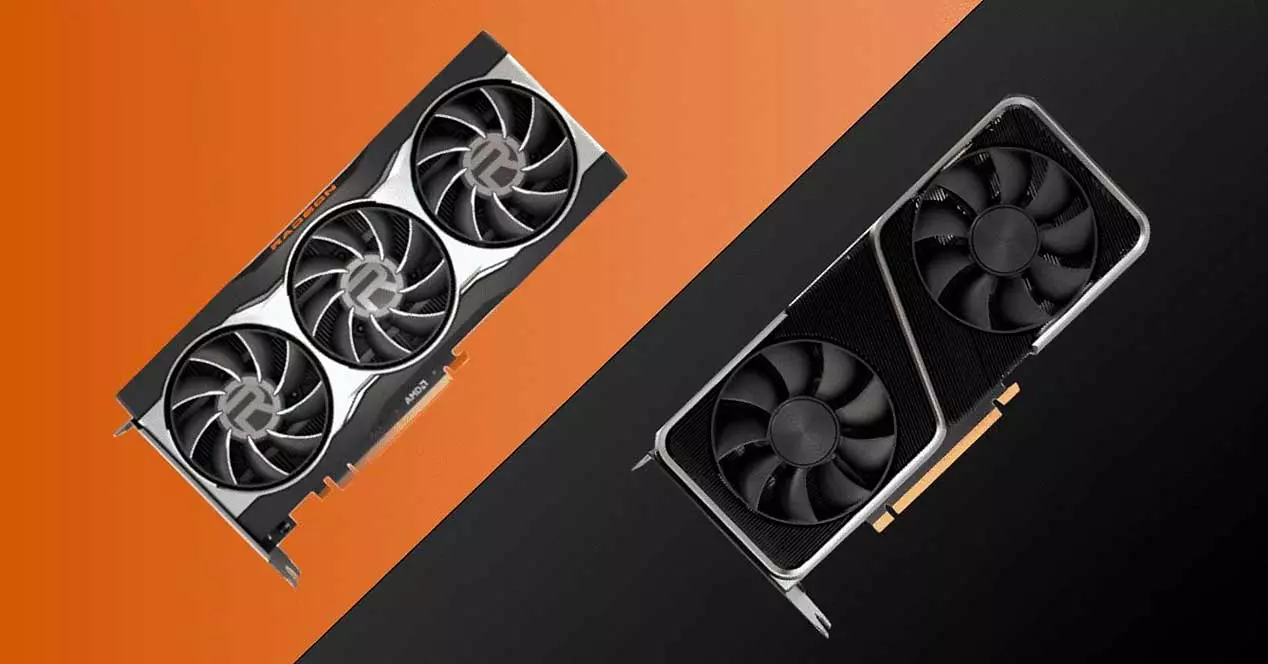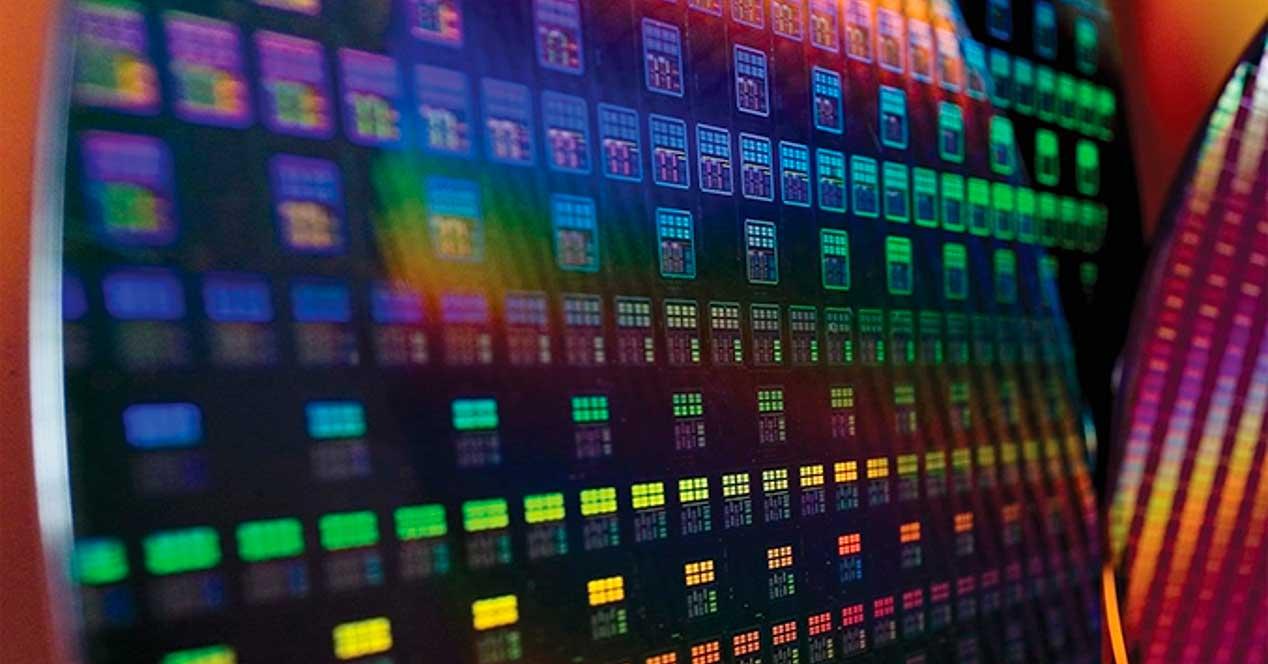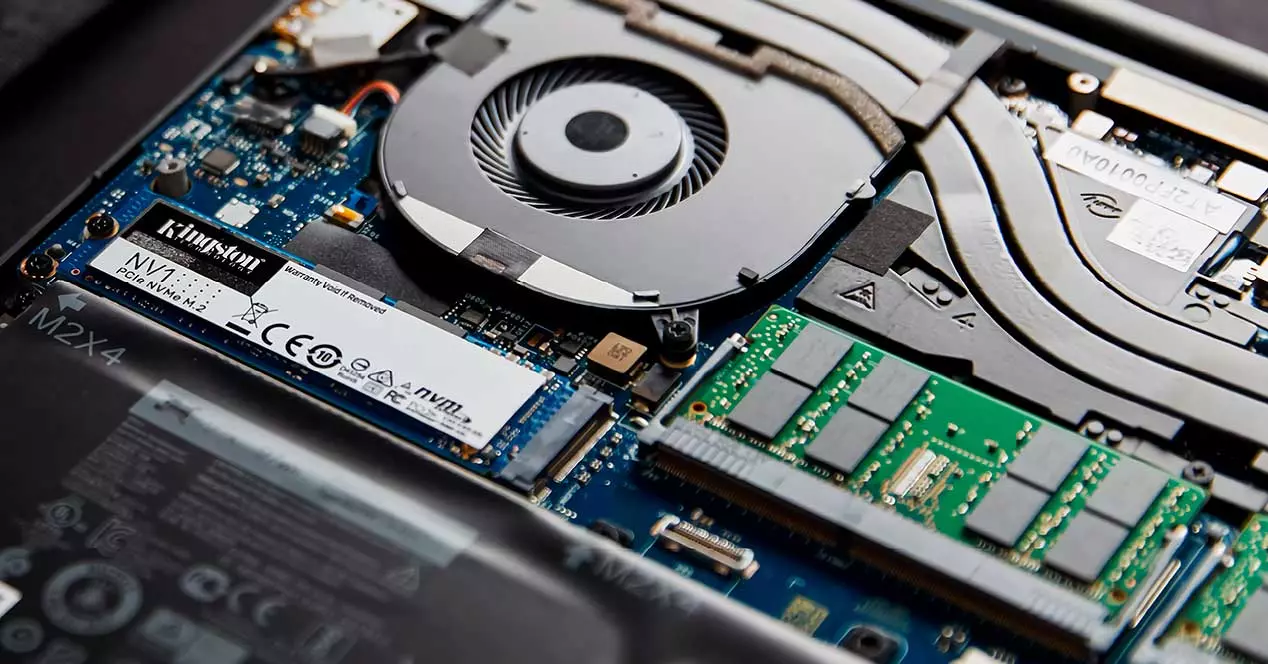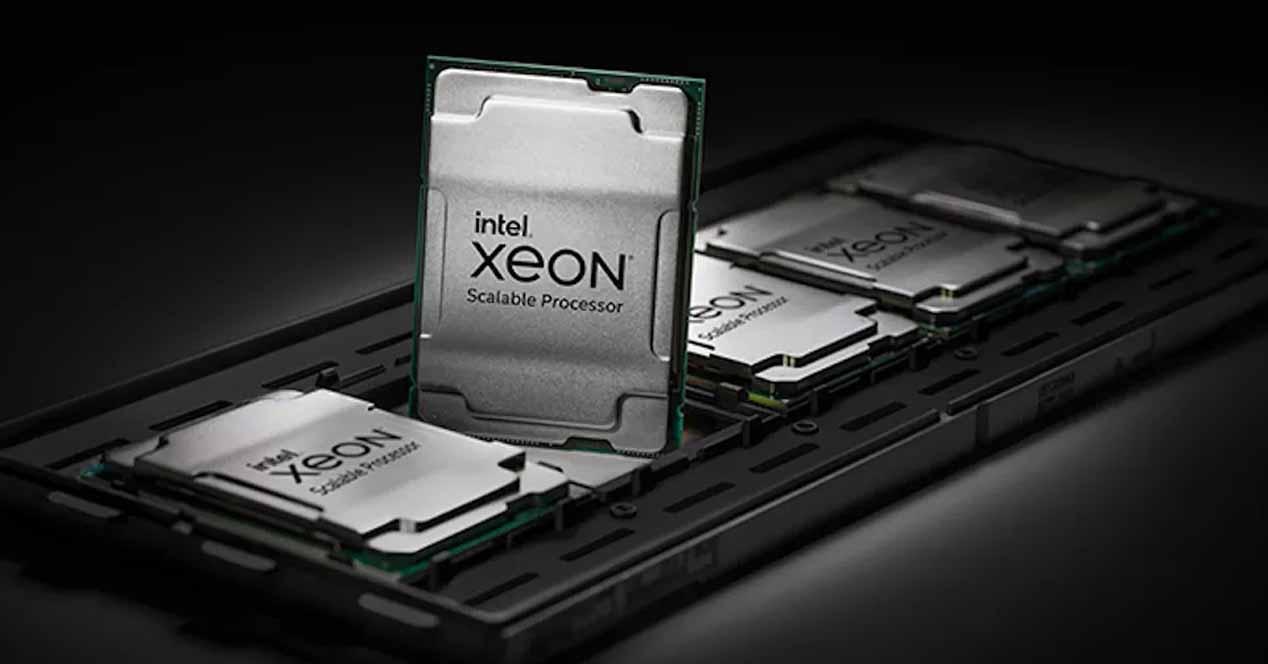
In the race of nodes and nanometers in which different foundries compete around the world, there is no doubt that TSMC is the one that has the advantage with its 5 nm node, they have even been ahead of Intel in this aspect and although the company Pat Gelsinger is going to license part of its production to third parties, we could say that almost all the fish is sold in favor of TSMC.
And it is that not only the entire future range of AMD products will use the TSMC 5 nm node, including the potential Slim or improved versions of the new generation consoles, but we also have to add the manufacture of the GPUs for the NVIDIA RTX 4000 graphics cards under ADA Lovelace architecture. Because of this, it will be the first time in years that we are going to see NVIDIA and AMD sharing node in TSMC, so without a doubt the 5nm node of TSMC could have shortage problems due to saturation in production.
Are shortage issues real with TSMC’s 5nm chips?
This question, which may be trivial, is not, since the production capacity of the wafers in TSMC is not infinite and therefore the quantity of them that can be dedicated to each product is limited. If we take into account that, for example, GPUs have been increasing in size in recent years and that both AMD’s RDNA 3 and NVIDIA’s Lovelace they will do use of TSMC 5nm node, then wafer production that doesn’t go to NVIDIA will go to AMD and vice versa. It should be noted that currently NVIDIA manufactures in Samsung and AMD in TSMC, but for the next generation of GPU both will share the same factory and this means fewer units for each.
What is the most common solution? To avoid conflicts in the manufacture of the different chips, what is done is to program their production by seasons, and therefore make the entire foundry spend a time manufacturing a specific chip to have the accumulated stock of it. The counterpart of this is that the rest of the contracted products are delayed and affects the launching ramp of the different products. Hence, these are carried out in a staggered manner.
As for the home PC, which is what we care about, this means that a good part of the NVIDIA and AMD portfolio will be delayed due to the non-availability of the TSMC factories to manufacture their chips. So it is more than possible that in the next generation of gaming GPUs we will see a longer time difference between the launches of one brand and the other, as well as within it. What’s more, the wafer shortage seems to have forced AMD to make some moves, such as the use of the 6nm node for some Lower-end GPUs.
TSMC’s shortage of 5nm wafers could give NVIDIA an advantage, as AMD is preferable to launch of their Zen 4 CPUs to compete against Intel, a more lucrative business for Lisa Su than gaming GPUs. Which would give NVIDIA a temporary advantage for the manufacture of its future RTX 4000 that could appear before the sale.





